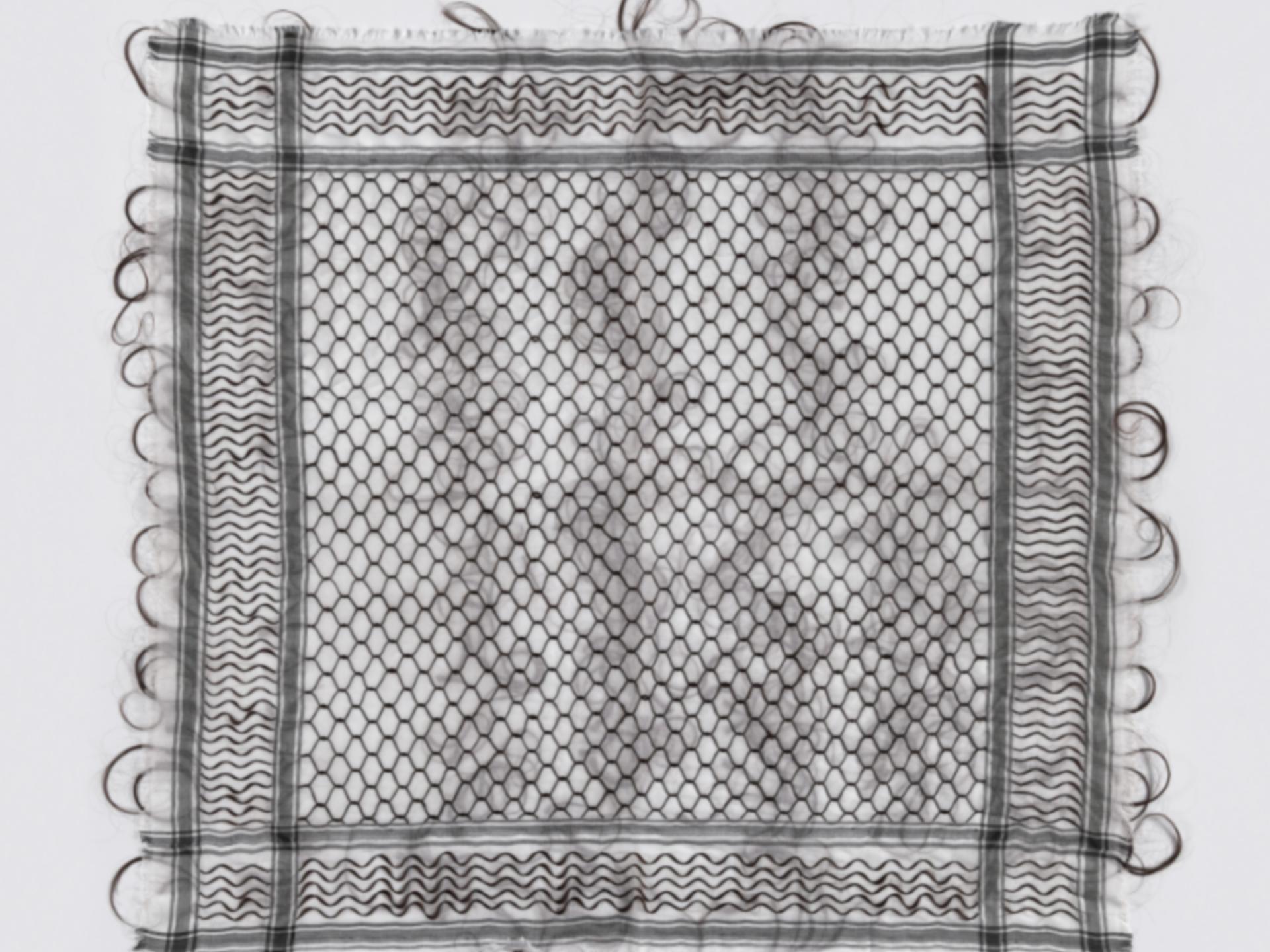3. Mona Hatoum: Objects remembered or forgotten
Book chapter by Jay Jopling
Expanded Sculpture
The chapter on Mona Hatoum’s sculptural practice offers a critical analysis of how objects, once remembered, misremembered, or entirely forgotten, can be reconfigured into what Jopling terms expanded sculpture. These objects whose forms remain partially familiar but whose original function has dissolved are neither fully representational nor entirely abstract. In this context, Hatoum’s approach transforms everyday objects into improbable reincarnations, stripped of utility and historical obligation, allowing them to exist independently as both material and concept. Rather than referencing a singular origin, the object accrues meaning through its own presence and process of making, extending beyond reasonable comprehension and inviting a more open-ended encounter.
This understanding of expanded sculpture directly informs my own research, where I draw on the fragmented memory of my Mother’s Kalocsa embroidery motifs. What I recall emerges as misremembered shapes – forms that feel both close and estranged, almost there but not quite. In this state of slippage between remembrance and forgetting, I expand these motifs beyond representation: imprinting onto ceramics, sandblasting into glass, weaving their distortions into silk-paj. Much like Hatoums’ remembered objects, these forms do not aim to return to their source but instead stand independently, self-supporting, offering fragments of belonging and mapping my evolving research for familial proximity.
Ritual Patterner
The chapter on Mona Hatoum’s sculptural practice offers a critical analysis of how objects, once remembered, misremembered, or entirely forgotten, can be reconfigured into what Jopling terms expanded sculpture. These objects whose forms remain partially familiar but whose original function has dissolved are neither fully representational nor entirely abstract. In this context, Hatoum’s approach transforms everyday objects into improbable reincarnations, stripped of utility and historical obligation, allowing them to exist independently as both material and concept. Rather than referencing a singular origin, the object accrues meaning through its own presence and process of making, extending beyond reasonable comprehension and inviting a more open-ended encounter.
This understanding of expanded sculpture directly informs my own research, where I draw on the fragmented memory of my Mother’s Kalocsa embroidery motifs. What I recall emerges as misremembered shapes – forms that feel both close and estranged, almost there but not quite. In this state of slippage between remembrance and forgetting, I expand these motifs beyond representation: imprinting onto ceramics, sandblasting into glass, weaving their distortions into silk-paj. Much like Hatoums’ remembered objects, these forms do not aim to return to their source but instead stand independently, self-supporting, offering fragments of belonging and mapping my evolving research for familial proximity.
Ritual Patterner
The notion of the weave – a recurring, meditative gesture of making in Hatoum’s work – holds particular resonance for my practice. Jopling highlights Hatoum’s Keffieh (1993-1999), human hair woven into cotton fabric, where a rhythmic act generates form, almost beyond making, indexing the intimate practice of the artist as ritual patterner. While the Keffieh carries a specific political and cultural identity linked to Palestine, my interest does not lie in the symbolic meaning of the object itself. Rather, I am drawn to the gesture of weaving as a performative act and how the repetition of movement generates form, texture and presence.
In my own making, weaving and braiding human and horsehair with satin ribbons, glass cuts, ceramics, and silk-paj function as both a repetitive, reflective methodology and act of remembering. My rituals are guided by questions of home, belonging, and the tensions between what I have lost and what remains. As with Hatoum’s expanded sculptures, my objects are never fully resolved; they exist in a state of incompleteness – always in the process of becoming, always waiting to be encountered anew.
In my own making, weaving and braiding human and horsehair with satin ribbons, glass cuts, ceramics, and silk-paj function as both a repetitive, reflective methodology and act of remembering. My rituals are guided by questions of home, belonging, and the tensions between what I have lost and what remains. As with Hatoum’s expanded sculptures, my objects are never fully resolved; they exist in a state of incompleteness – always in the process of becoming, always waiting to be encountered anew.
Bibliography
Jopling, J. (2006) ‘Objects remembered or forgotten’ in Mona Hatoum: Hot Spot. London: White Cube, pp. 29 – 55.
Jopling, J. (2006) ‘Objects remembered or forgotten’ in Mona Hatoum: Hot Spot. London: White Cube, pp. 29 – 55.
